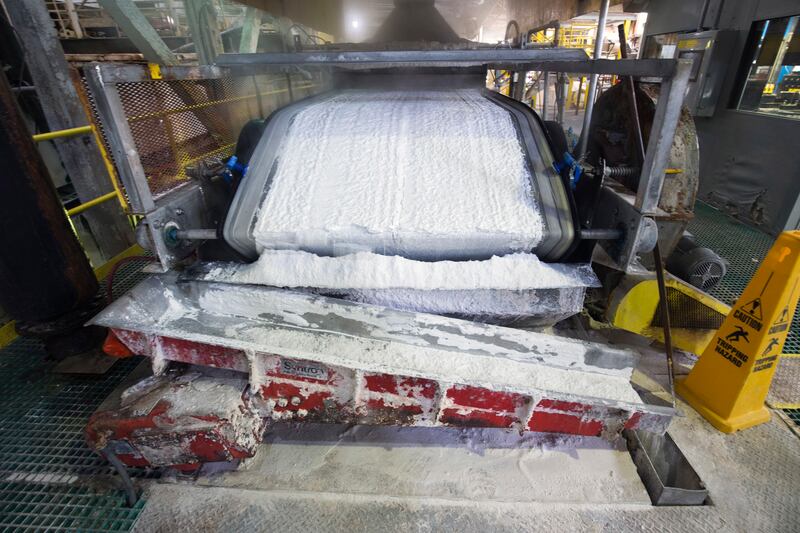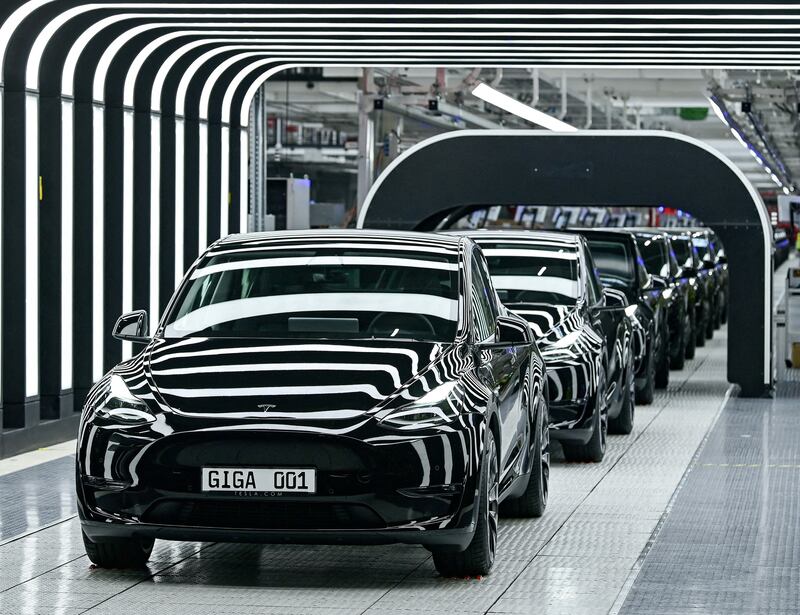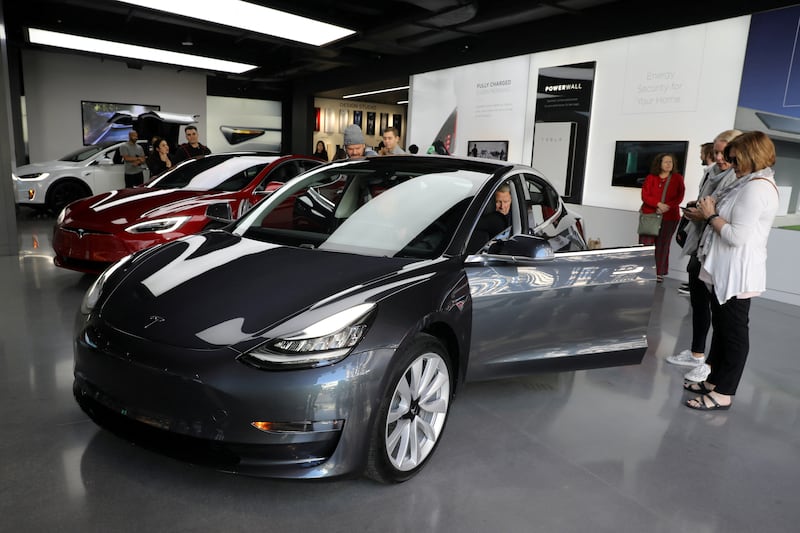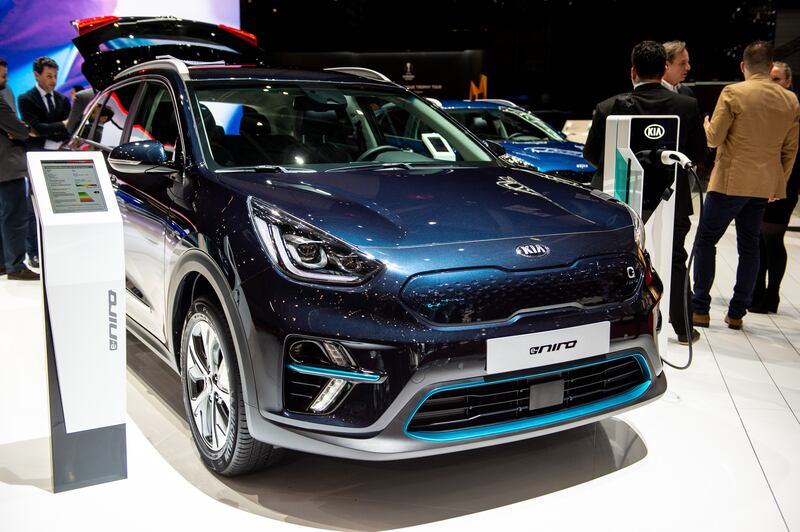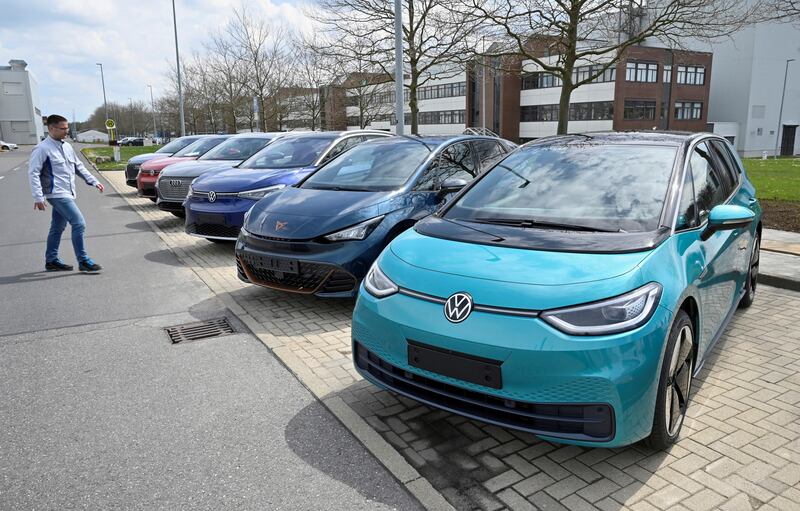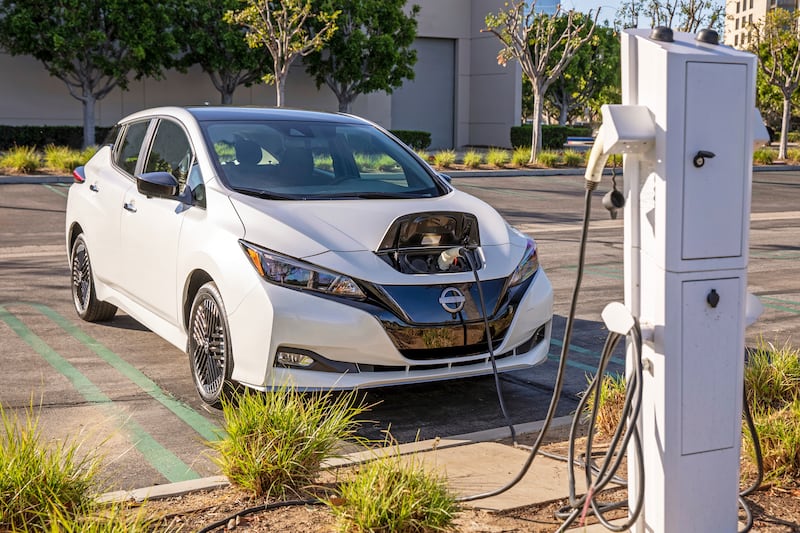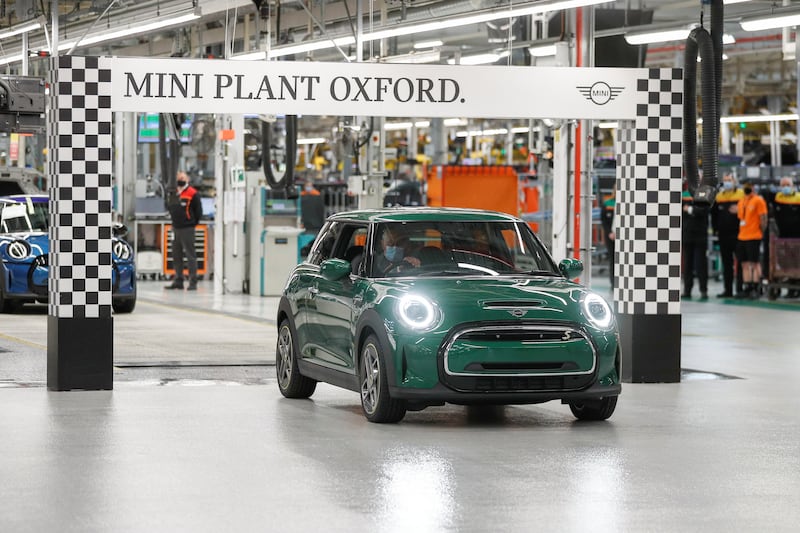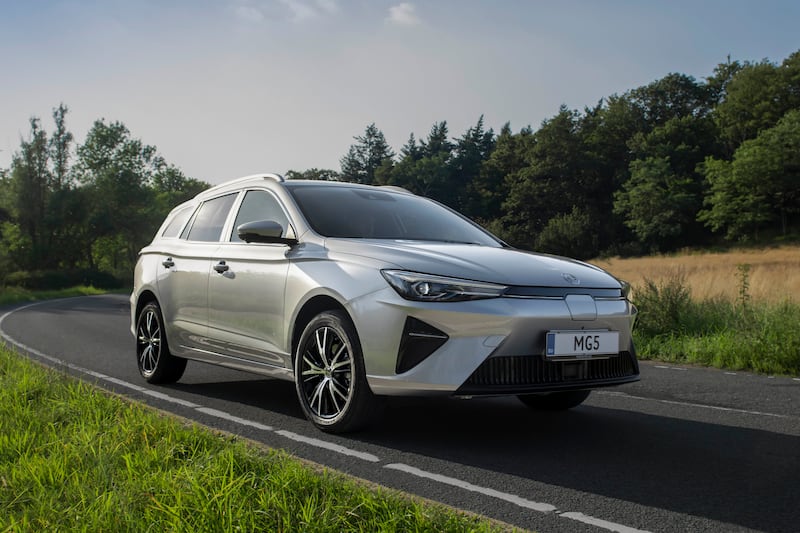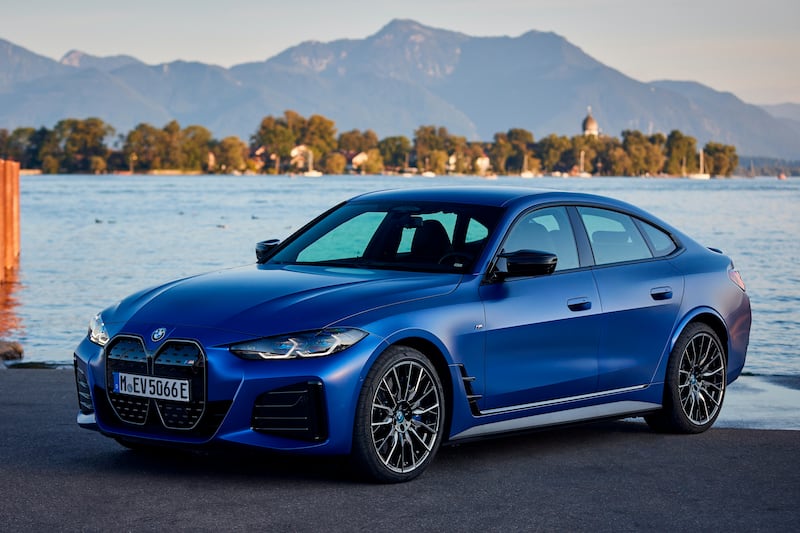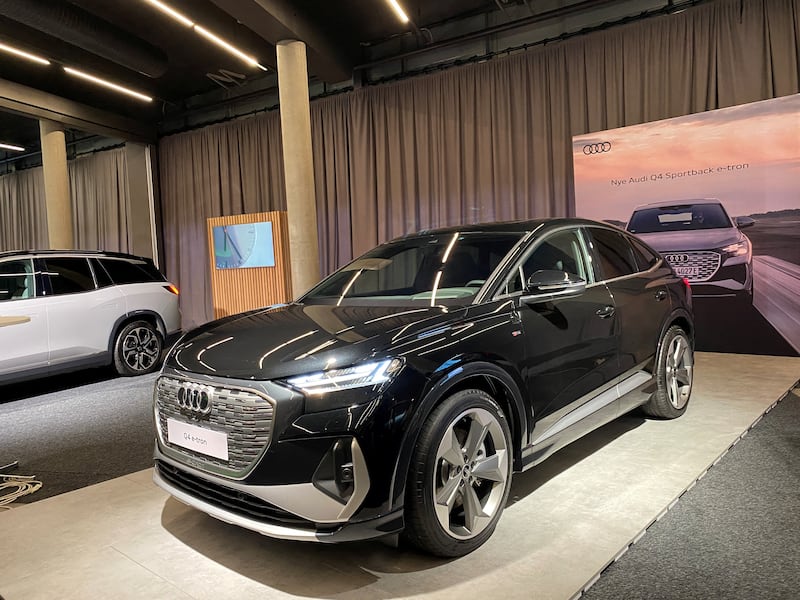The merry-go-round of private meetings at an annual mining industry conference at Florida’s Hollywood Beach had a cast of new faces this year: carmaker executives who are anxious about surging prices and tighter supply of metals used in electric vehicle batteries.
Tesla, Ford Motor and Mercedes-Benz Group were among the companies to send senior staff to the BMO Global Metals & Mining Conference, an event typically attended by iron ore and aluminium producers.
Their presence underscores the growing popularity of battery-powered cars, helped by a push towards clean energy, which is estimated to require $10 trillion worth of metals until 2050, according to Bloomberg.
Car producers “had room-to-room meetings with a lot of companies, like ourselves, trying to understand how to address their own supply chain”, said Trent Mell, chief executive of Electra Battery Materials, a Toronto-based developer of mining and refining projects.
Car companies are now filling rooms with specialists in metals like lithium — the metal that is ubiquitous in electric car batteries — and manganese, or in battery recycling, he said.
“Once you might have had one or two people dealing with raw materials procurement.”
Availability and costs of crucial battery materials like lithium, cobalt and nickel have been key concerns for years among EV makers trying to build out their electric line-ups.
The issue has gained more urgency in recent months because of rising competition to strike supply deals with mining companies and project developers and by wild swings in raw material costs. The spot value of lithium consumption alone surged to about $35 billion in 2022, from $3 billion in 2020, according to Bloomberg calculations.
Lithium “was a meaningful source of cost increase”, for Tesla in the final quarter of 2022, chief financial officer Zachary Kirkhorn said in January. While a lithium benchmark has tumbled almost a third this year, prices remain 590 per cent higher than at the start of 2021.
Volvo Car, Nio and Jeep-maker Stellantis have also said they are being affected by higher raw materials costs, and some are looking for deals with suppliers to tie-up potential sources of metals.
Like others, EV maker Rivian Automotive is spending a lot of time examining deal structures with suppliers, and this “could involve ownership positions” in mining assets, chief executive RJ Scaringe said on a February 28 earnings call.
General Motors last year struck a prepayment deal for lithium, while Ford Motor offered a loan to help fund a mine project.
“Investing in these raw materials provides a way for car makers to control margins along the supply chain and ensure they remain competitive,” said Andrew Miller, chief operating officer of Benchmark Mineral Intelligence, an industry data provider. “Raw materials are now the largest cost driver for a battery.”
Car makers are also getting involved in the development of new mining projects.
GM added a $650 million stake in Lithium Americas to help bring in a mine in Nevada, and has considered buying an interest in Brazilian giant Vale’s base metals unit. Tesla, which is constructing a metal refinery in Corpus Christi, Texas, has studied a takeover of miner Sigma Lithium.
The world’s second-largest miner, Rio Tinto Group, is hunting for lithium deals, but expects to be outbid by car producers, chief executive Jakob Stausholm said last month.
Car manufacturers are also putting more senior managers, rather than junior procurement executives, in charge of discussions over metals, according to Kent Masters, chief executive of Charlotte, North Carolina-based Albemarle, one of the world’s leading lithium suppliers.
“It’s obviously become a more critical issue for OEMs [original equipment manufacturers],” Mr Masters told the Florida conference, organised by Bank of Montreal.
“We’ve been able to change the level at which we interact with those customers, and they’re investing significant amounts of money in electric vehicles.”
Volkswagen has pledged to boost co-operation with Canada’s mining sector, formed a joint venture with Belgium-based materials supplier Umicore and has a deal with would-be lithium supplier Vulcan Energy Resources which aims to develop an operation in Germany.
Volkswagen is “sounding out the market” and is in talks with “many potential partners” on raw materials, a representative said.
“Various instruments are possible, from long-term agreements to streaming deals and equity investments,” the representative said. Hedging of commodities prices is likely to be an important way of coping with rising raw material costs, according to the group’s chief financial officer Arno Antlitz.
About $265.5 billion has been invested in developing EVs since 2018 but only $40 billion on raw materials, according to Battery Materials Review, which tracks investment in the sector.
Even so, some said moves by car manufacturers to buy directly into metals could be doomed by their lack of expertise in mining and dismal record on acquisitions, according to Jeff Currie, Goldman Sachs Group’s head of commodities.
“It always ends in tears,” he told Bloomberg. “It requires an expertise that is very different than producing cars.”
